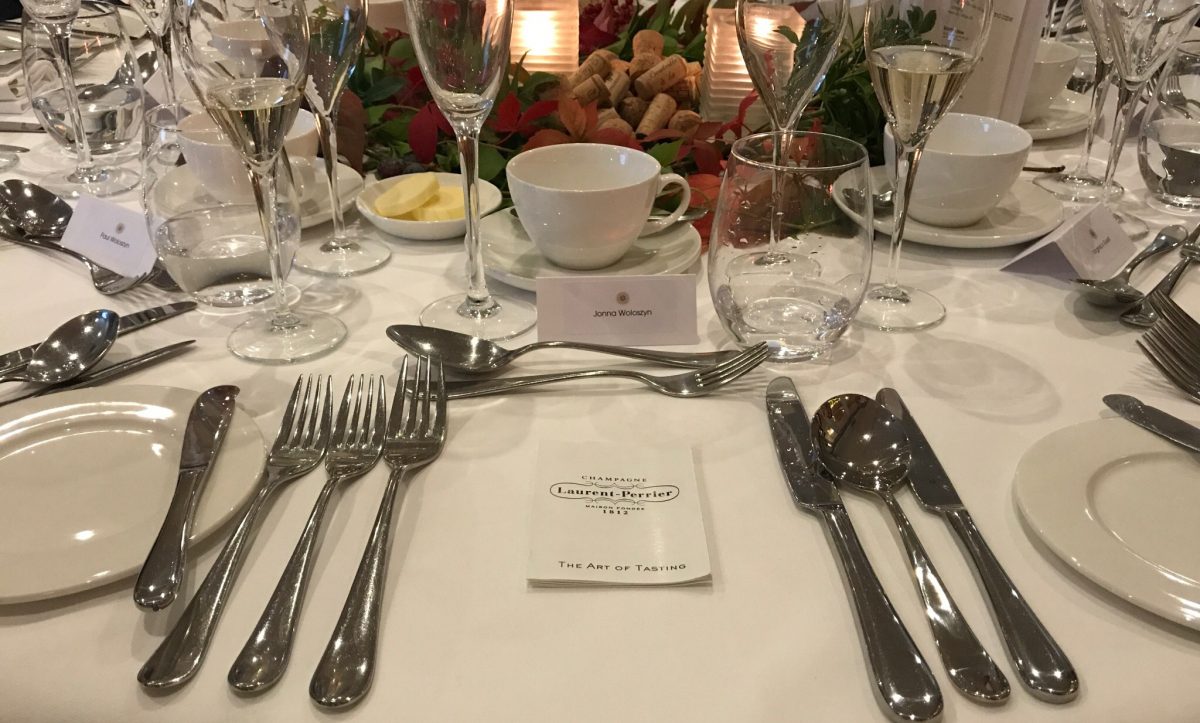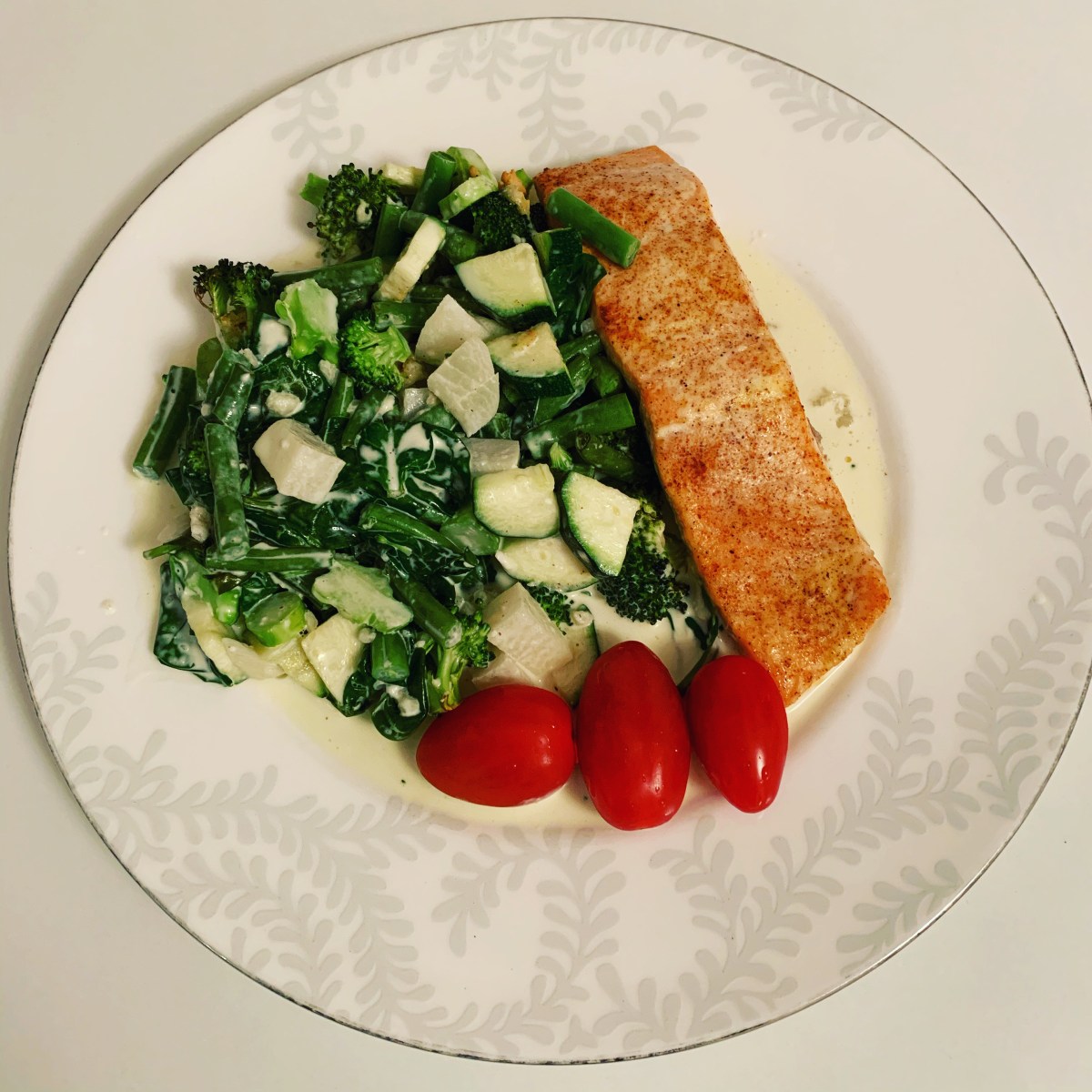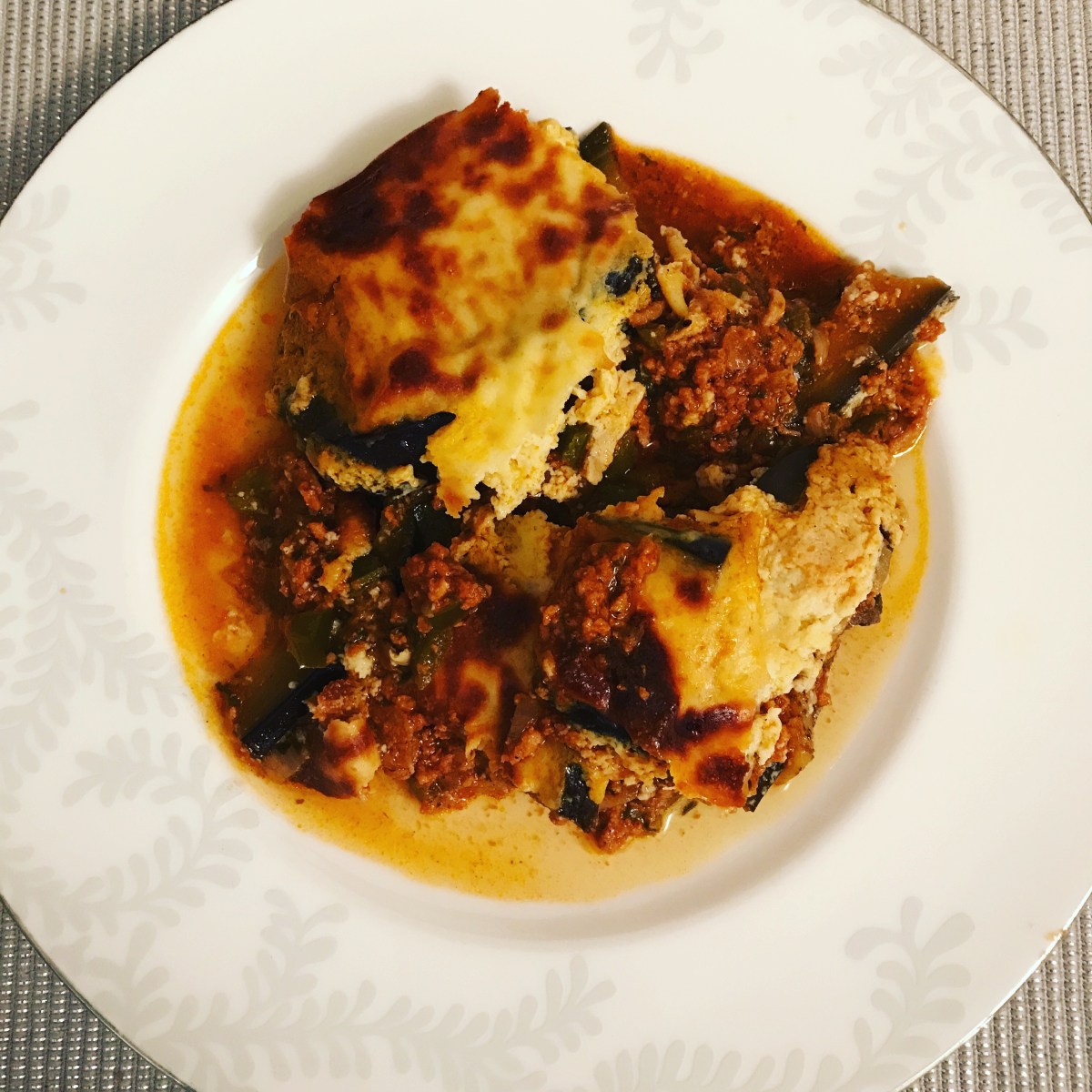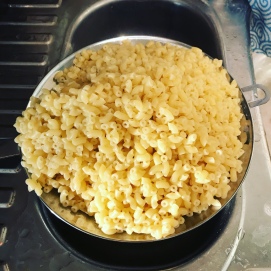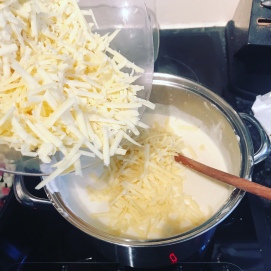This is one of the soups I’ve really been missing from my native Finland. Ask anyone what food is served on Thursdays, and they should all say it’s this pea soup, followed by pancake for dessert. I found it difficult to find dried marrowfat peas traditionally used, so I decided to try a soup mix of pearl barley, green split peas, haricot beans, marrowfat peas, red split lentils, yellow split peas and brown rice, and was absolutely delighted at how close it came to the real deal! I was organized and planned my roast pork which literally fell apart (click here for recipe), for the weekend before making this soup, and it was perfect. You will need to be a little bit organized when making this soup even if you haven’t planned to cook the meat in advance, because you need to soak the dried pulses for 12 hours. This recipe will make a big soup.
500g half soup mix of dried pearl barley, green split peas, haricot beans, marrowfat peas, red split lentils, yellow split peas and brown rice, half dried green split peas
~300g pork shoulder meat, pulled to threds
4 litres water
2 beef stock pots
salt
white pepper
1. Place the dried pulses in a large bowl, and cover with plenty of cold water. Leave to soak for 12 hours.
2. Drain and discard the soaking water. Place the pulses in a large pan, together with 4 litres of water. If your pan isn’t large enough, start with 2 litres, and add more after some liquid has evaporated. Bring to brisk boil, and boil for 10 minutes, unvovered.
3. If using uncooked meat, place the piece in the pan, skin removed. If you are using already cooked meat, leave until later. Bring the mixture to a softer boil, add the stock pots and cover with a lid. Boil for 2 hours. Stir a few times during the cooking.
4. If you cooked the meat with the soup, remove the piece, pull apart to shreds and add back to the soup. If you are using pre-cooked meat, add it in now, and heat through, stirring occasionally.
5. Season with the salt and pepper to taste. You should have a nice, slightly thick soup. Also, it will taste even better when reheating it again the following day. As a serving suggestion, do also try it with a little bit of mustard mixed in.




